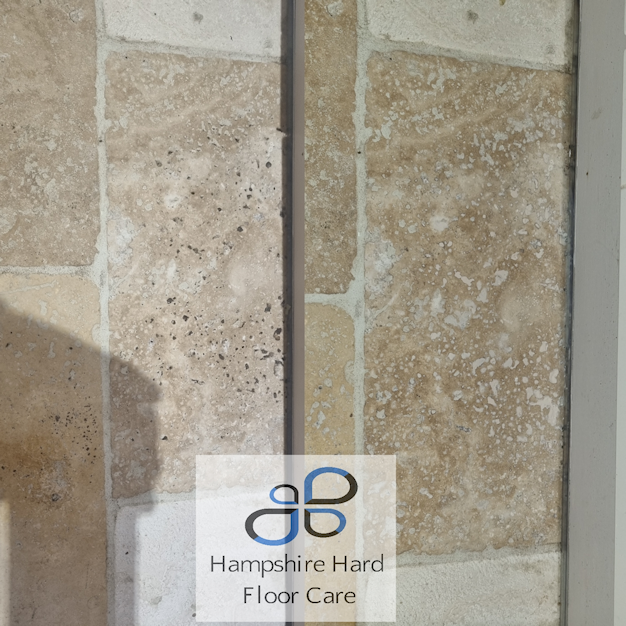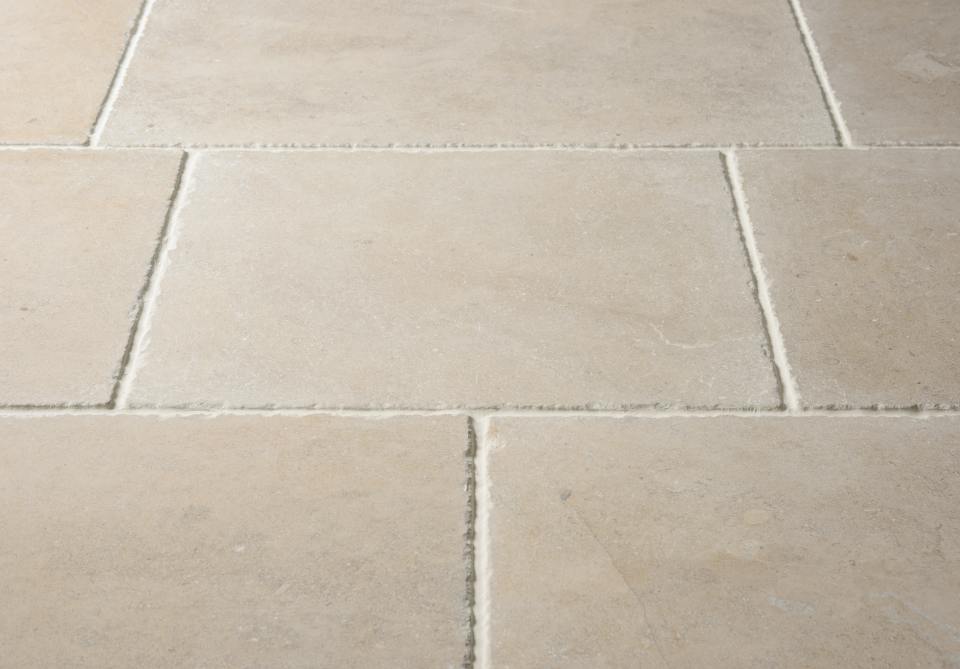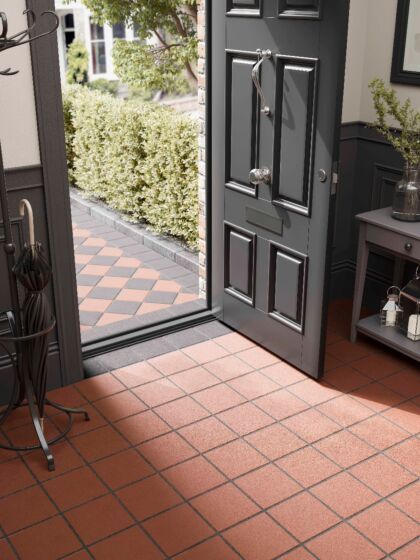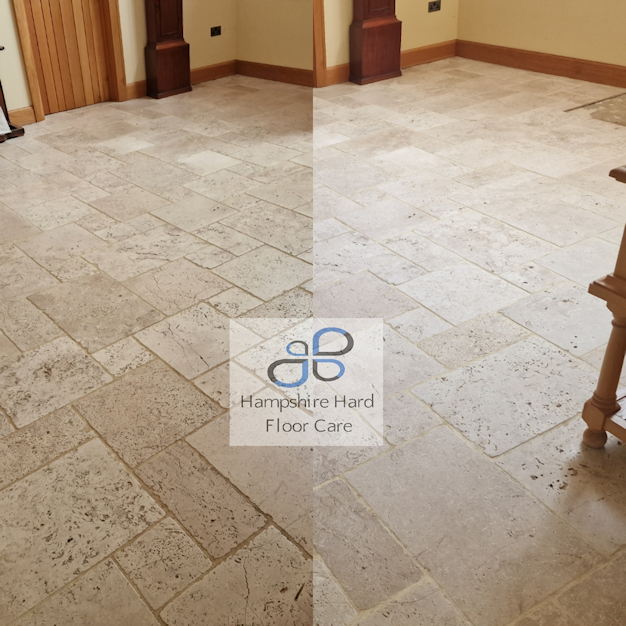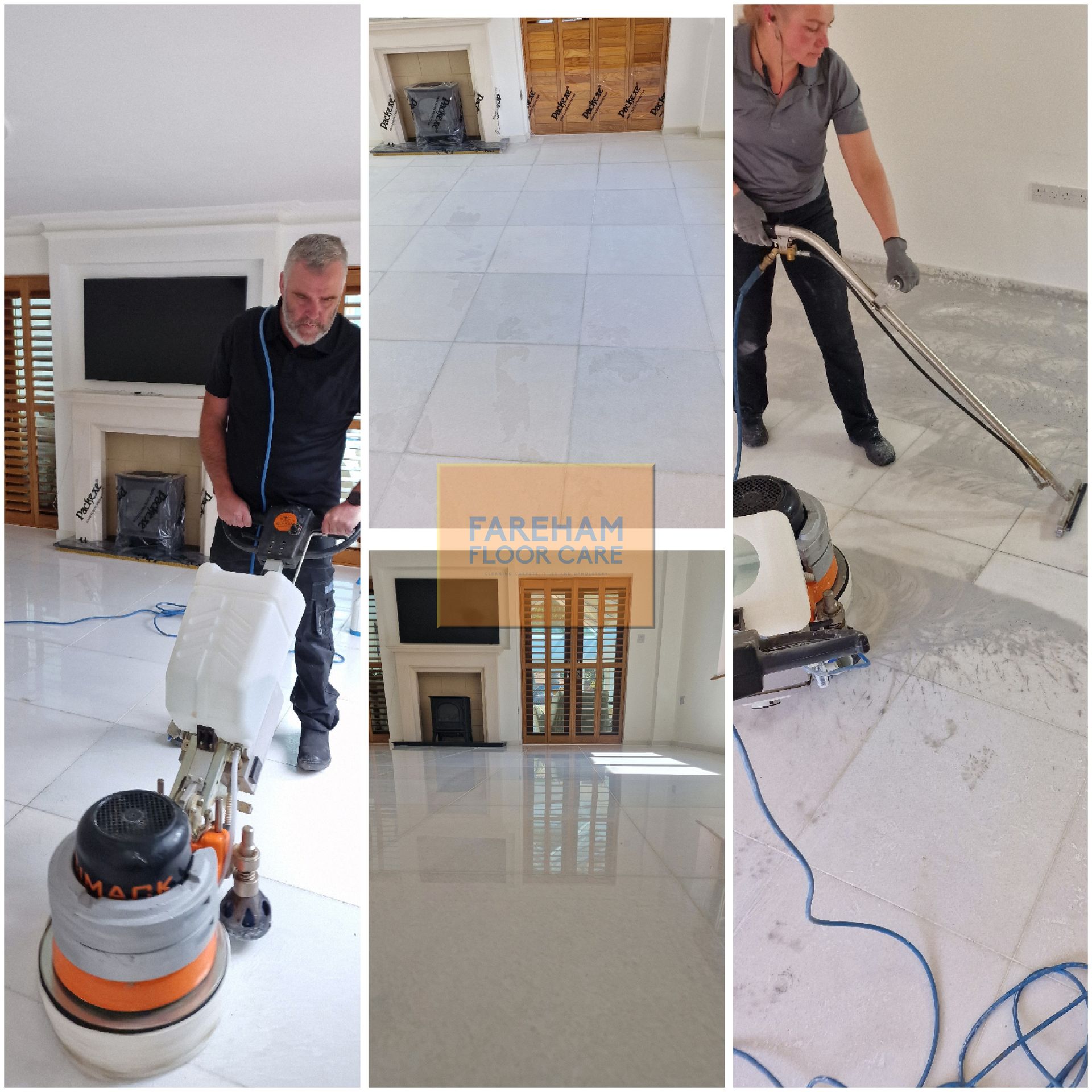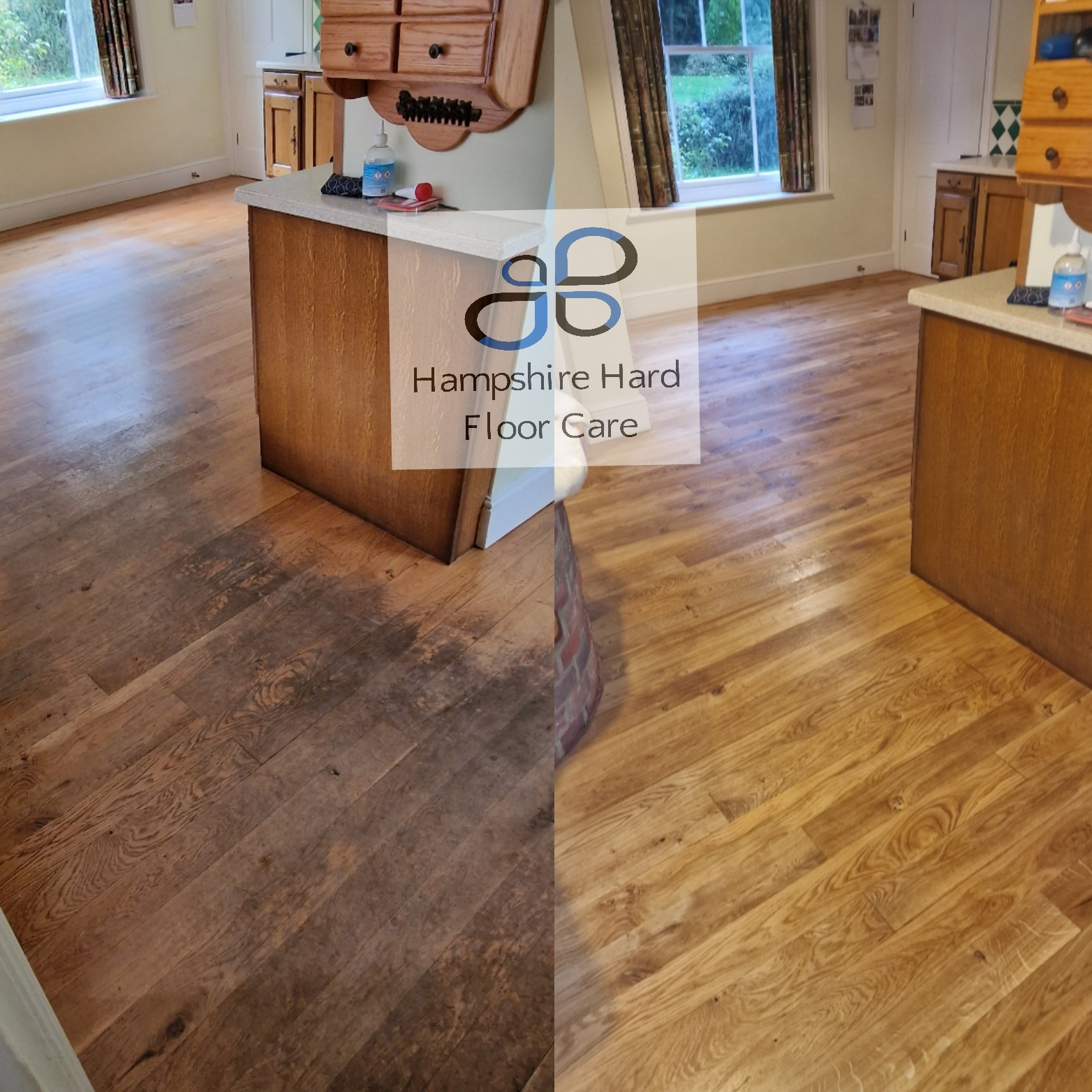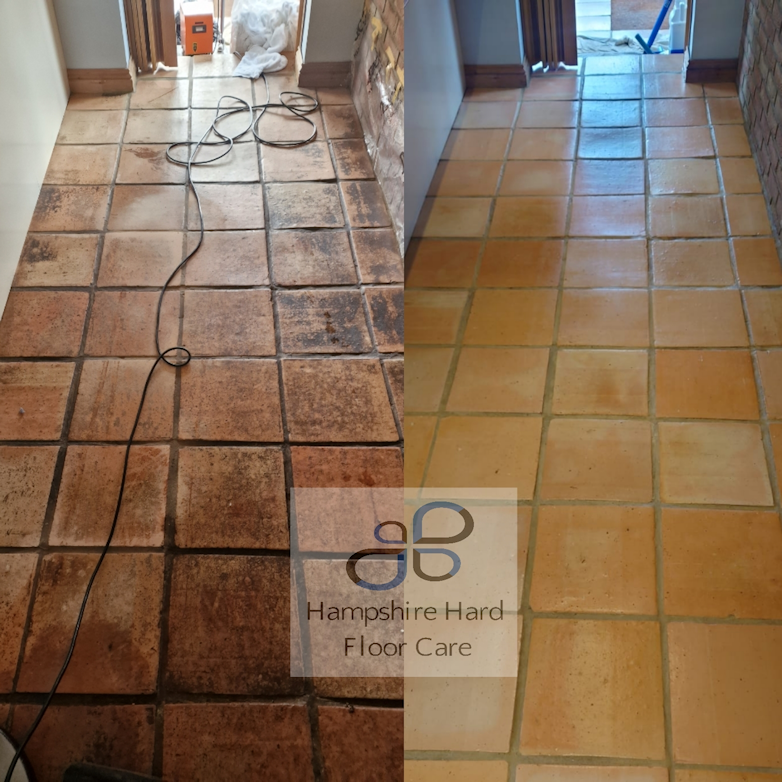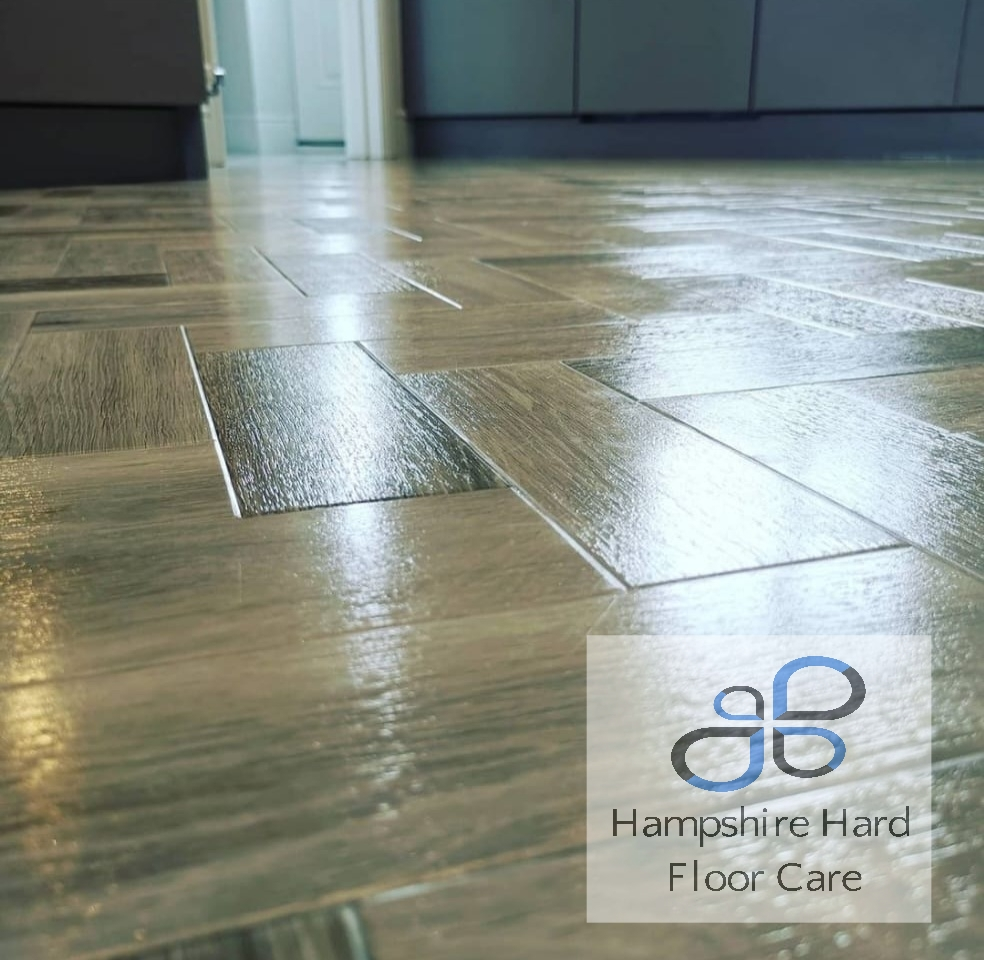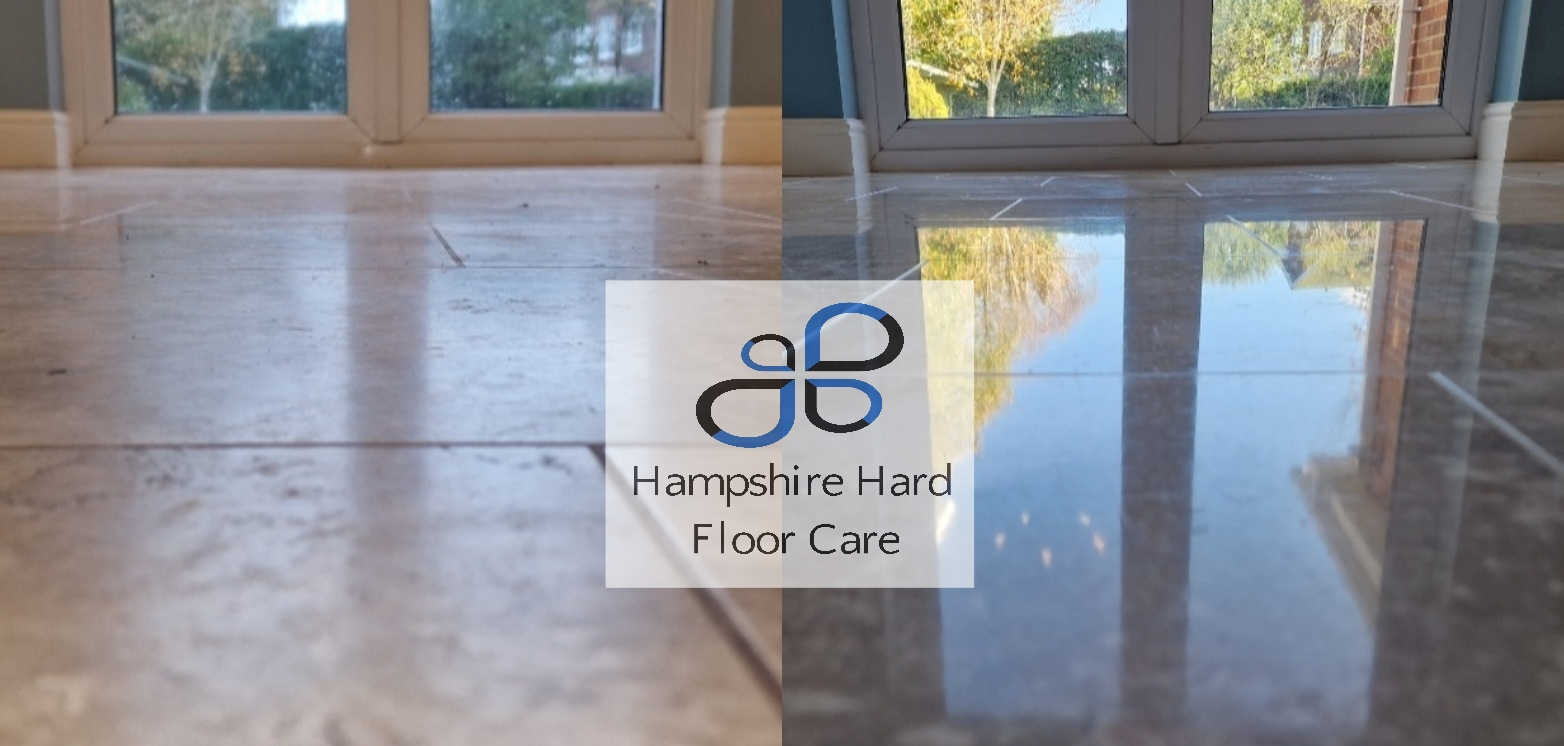Caring for Your Matt Porcelain Floor: Expert Tips from Hampshire Hard Floor Care
How to clean and maintain Matt Porcelain Floors
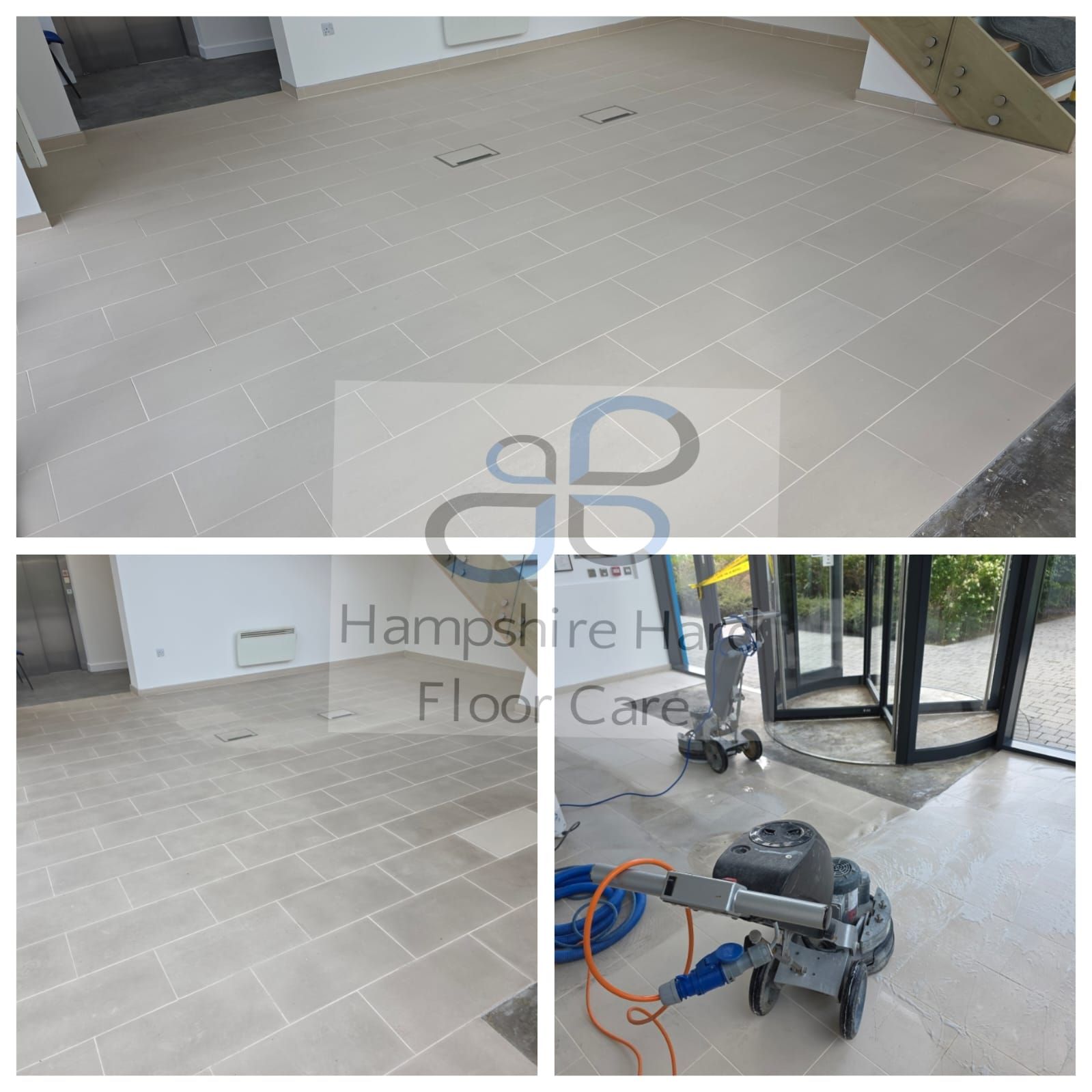
Maintaining the pristine look of your matt porcelain floor can be a bit of a challenge, but with the right care, it can remain a stunning feature in your home or business. The experts at Hampshire Hard Floor Care are here to share their top tips for keeping these elegant surfaces clean and beautiful, ensuring they stand the test of time. From understanding the best cleaning practices to knowing which products to avoid, we guide you through the essentials of porcelain floor care. Our friendly team is ready to assist with personalized advice and services, making sure your floors continue to impress. Reach out to us today for a quote and let our expertise work for you. For more information on cleaning matte porcelain tiles, check out this helpful guide.
Understanding Matt Porcelain Floors
Matt porcelain floors are a popular choice for both homes and businesses. Let's explore their unique characteristics and the challenges they present in maintenance.
Unique Features and Benefits
Matt porcelain floors offer a blend of style and practicality. Their non-glossy finish provides a sophisticated, modern look that complements various interior designs.
These floors are highly durable, resistant to wear and tear, and can withstand heavy foot traffic. This makes them ideal for busy households and commercial spaces alike.
Matt porcelain is also known for its slip-resistant properties, enhancing safety in areas prone to moisture. This feature is particularly valuable in bathrooms, kitchens, and entryways.
Additionally, these floors are low-maintenance compared to many other flooring options.
Common Maintenance Challenges
While matt porcelain floors are relatively easy to maintain, they do present some unique challenges. Understanding these can help you keep your floors in top condition.
One common issue is the tendency for dirt and grime to accumulate in the textured surface. This can make the floor appear dull over time if not cleaned regularly.
Water spots and streaks can be more visible on matt surfaces compared to glossy finishes. This requires careful cleaning techniques to avoid leaving residue behind.
Some users report difficulty in removing certain stains from matt porcelain. Oil-based spills, in particular, can be challenging to clean if not addressed promptly.
Lastly, using the wrong cleaning products can damage the surface or leave a film that dulls the floor's appearance. It's crucial to choose cleaners specifically designed for matt porcelain.
Daily Care Routines
Establishing a regular cleaning routine is key to maintaining the beauty of your matt porcelain floors. Let's look at the essential tools and quick tips for daily care.
Essential Cleaning Tools
To keep your matt porcelain floors in top condition, you'll need a few key tools in your cleaning arsenal. These items will help you maintain your floors efficiently and effectively.
A microfiber mop is essential for daily cleaning. Its soft fibres are gentle on the surface while effectively trapping dust and dirt particles.
A vacuum cleaner with a soft brush attachment is useful for removing loose debris before mopping. This prevents scratching the floor surface during wet cleaning.
For spot cleaning, keep a supply of soft, lint-free cloths on hand. These are perfect for quickly addressing spills or stains without leaving fibres behind.
Lastly, invest in a pH-neutral cleaner specifically formulated for matt porcelain tiles. This will ensure effective cleaning without damaging the floor's finish.
Quick and Easy Cleaning Tips
Maintaining your matt porcelain floors doesn't have to be time-consuming. Here are some quick and easy tips to keep your floors looking their best every day.
Start by dry mopping or vacuuming daily to remove loose dirt and debris. This prevents scratching when you move on to wet cleaning.
For wet cleaning, use a damp mop with a pH-neutral cleaner. Avoid using too much water, as this can leave streaks or water spots on the matt surface.
Address spills immediately to prevent staining. Blot the area with a soft cloth rather than rubbing, which can spread the spill and potentially damage the surface.
Finish by drying the floor with a clean, dry microfiber cloth to prevent water spots and streaks. This extra step will keep your floors looking pristine.
Deep Cleaning Techniques
While daily care is important, periodic deep cleaning is necessary to maintain the beauty of your matt porcelain floors. Let's explore when and how to perform this crucial task.
When and How to Deep Clean
Deep cleaning your matt porcelain floors should be done regularly to remove built-up dirt and restore their original appearance. The frequency depends on the amount of foot traffic and exposure to dirt.
For residential areas, deep cleaning every 3-6 months is typically sufficient. High-traffic commercial spaces may require monthly deep cleaning.
To deep clean:
- Start by thoroughly sweeping or vacuuming the floor to remove loose debris.
- Prepare a cleaning solution using a professional-grade cleaner designed for matt porcelain.
- Apply the solution to the floor and let it sit for a few minutes to break down dirt.
- Use a soft-bristled brush or mop to gently scrub the surface, paying extra attention to grout lines.
- Rinse thoroughly with clean water to remove all cleaning residue.
After deep cleaning, ensure the floor is completely dry to prevent water spots or streaks.
Best Products for Matt Porcelain
Choosing the right cleaning products is crucial for maintaining your matt porcelain floors. The wrong products can damage the surface or leave a residue that dulls the appearance.
Look for pH-neutral cleaners specifically formulated for porcelain tiles. These are gentle enough to use regularly without harming the floor's finish.
Avoid using harsh chemicals, abrasive cleaners, or oil-based products. These can etch the surface or leave a film that's difficult to remove.
For stubborn stains, consider using a poultice or a specialized stain remover designed for porcelain. Always test these products on a small, inconspicuous area first.
Remember, more isn't always better. Use cleaning products sparingly and according to the manufacturer's instructions for the best results.
Preventative Measures
Taking proactive steps to protect your matt porcelain floors can significantly reduce maintenance needs and extend their lifespan. Let's explore some effective preventative measures.
Protecting Against Scratches
Matt porcelain floors are durable, but they can still be scratched by abrasive materials. Taking steps to prevent scratches will keep your floors looking new for years to come.
Place doormats at all entrances to trap dirt and grit before it reaches your floors. This simple step can significantly reduce the amount of abrasive material tracked onto your porcelain tiles.
Use felt pads under the legs of furniture to prevent scratches when items are moved. Replace these pads regularly as they can wear down over time.
Avoid dragging heavy objects across the floor. Instead, lift and carry them or use furniture sliders designed for hard surfaces.
Consider using area rugs in high-traffic zones to provide an extra layer of protection. Just be sure to use rug pads that won't discolour or damage the porcelain surface.
Tips for Stain Prevention
While matt porcelain is generally stain-resistant, certain substances can still leave marks if not addressed promptly. Here are some tips to prevent stains on your beautiful floors.
Clean up spills immediately, especially those from acidic substances like wine, coffee, or citrus juices. These can etch the surface if left to sit.
Use coasters under drinks and placemats under dishes to catch drips and spills before they reach the floor. This is particularly important in dining areas.
In the kitchen, consider using a mat in front of the sink and stove where spills are most likely to occur. Choose a mat that won't trap moisture underneath.
Regularly seal grout lines to prevent staining in these more porous areas. While the porcelain is not as porous, specialist seals can help with maintenance, and protecting the grout can maintain the overall appearance of your floor.
Professional Services and Support
While regular maintenance can be handled at home, professional services can provide deeper cleaning and expert care for your matt porcelain floors. Let's explore the benefits of professional help and how to get started.
Benefits of Hiring Experts
Professional floor cleaning services offer several advantages when it comes to maintaining your matt porcelain floors. Their expertise can help preserve your floor's beauty and extend its lifespan.
Experts have access to specialized equipment and professional-grade cleaning products that can provide a deeper, more thorough clean than typical household methods. This can be particularly beneficial for removing stubborn stains or build-up.
Professional cleaners are trained in the proper techniques for cleaning different types of flooring. They know how to clean matt porcelain without damaging the surface or leaving residue behind.
Regular professional cleaning can help identify and address potential issues before they become major problems. This preventative approach can save you money in the long run.
Hiring experts can also save you time and effort, allowing you to enjoy your beautiful floors without the hassle of deep cleaning them yourself.
Professional Porcelain Floor Cleaning in Hampshire
At Hampshire Hard Floor Care, we offer specialist deep cleaning services for matt porcelain floors, restoring their original appearance and texture. Whether your floor has dulled over time or suffered from improper cleaning, we use safe, effective methods to bring it back to life.
Why Choose Us:
- 20+ years of hands-on expertise
- Fully trained husband-and-wife team – Richard and Michelle
- Specialist machinery and non-damaging solutions
- Trusted throughout Hampshire for detailed, honest service
How to Get a Quote from Hampshire Hard Floor Care
Getting a quote for professional cleaning services from Hampshire Hard Floor Care is a simple process designed to provide you with a tailored solution for your matt porcelain floors.
Start by contacting us through our website or by phone. Our friendly customer service team will guide you through the process and answer any initial questions you may have.
We'll ask for some basic information about your floors, including the total square meterage, the type of porcelain, and any specific concerns or cleaning needs you have.
If needed, we can schedule an on-site assessment to get a more accurate picture of your floor's condition and cleaning requirements. This allows us to provide a more precise quote.
Once we have all the necessary information, we'll provide you with a detailed quote outlining our recommended services and the associated costs. We're always happy to explain our pricing and services in detail.
Remember, regular professional cleaning can be a worthwhile investment in maintaining the beauty and longevity of your matt porcelain floors. Don't hesitate to reach out for a quote today!
